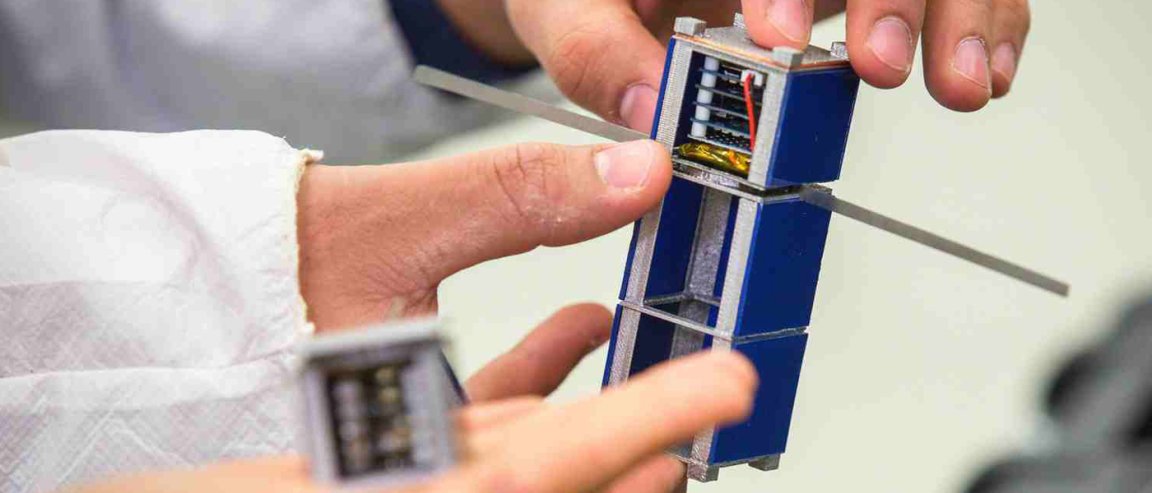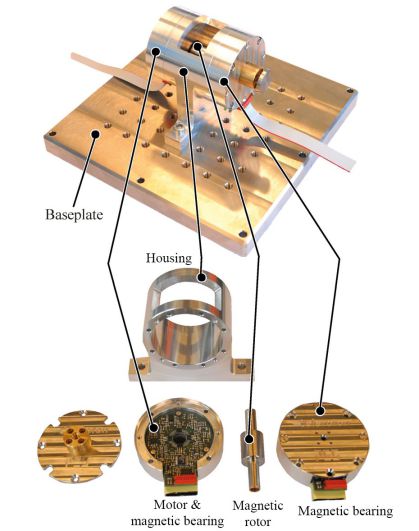
Smaller, Faster
The future of spaceflight seems to be towards shrinking the size of satellites. There are now Cubesats weighing only a kilogram and even Femtosats less than one and a half inches at each side. As smaller satellites are developed, the need for better and more efficient motors heightens. Researchers from ETH Zurich (Department of Information Technology and Electrical Engineering) and the ETH spin-off Celeroton have developed a magnetically levitated electric motor for reaction wheels.
The engine in these spacecraft is less used to move the vehicle along and more on changing its course. This is done through reaction wheels that spin constantly. Alterations in that speed will correspond to changes in the flight path of the satellite.
Currently, these reaction wheels use ball bearings. However, the disadvantages such as needing special lubricant along with wear and tear, make developing a better system an imperative. That’s why the researchers propose using magnets.

Magnetic Magic
Using magnetic fields, the reaction wheels are floating, which eliminates many of the issues using ball bearings presented. Magnets cut the need for a vacuum-sealed chamber and lubrication. The diminishing of friction and vibrating parts also reduces wear and tear, making no need for replacement parts.
Even more, the magnets offer other possibilities. Ball bearings restricted rotation speed to less than 6,000 RPM. Again, taking into account the little to no friction in floating, the reaction wheels could be spun at up to 150,000 RPM. This would allow for a 10- or 20-fold increase in power using a motor the same size as those used currently.
More importantly, it means a far smaller motor could bring the same amount of power to the satellite, freeing up more space for other instruments, or even just to generally keep weight down.
Of course, don’t expect the mass production of these mini-motors just yet. The research still has to be tested before they are proved to qualify for use.